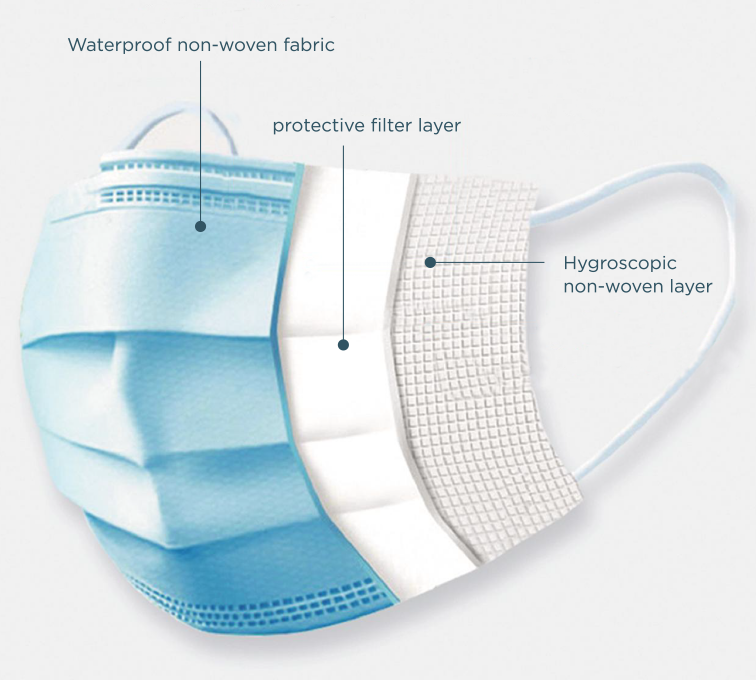


Thus, when the film is very thin and the path length difference between the two rays is negligible, they are exactly out of phase, and destructive interference occurs at all wavelengths. If the film in Figure 3.12 is a soap bubble (essentially water with air on both sides), then a phase shift of λ / 2 λ / 2 occurs for ray 1 but not for ray 2. Both the path length and refractive indices are important factors in thin-film interference.įigure 3.13 Reflection at an interface for light traveling from a medium with index of refraction n 1 n 1 to a medium with index of refraction n 2 n 2, n 1 < n 2 n 1 < n 2, causes the phase of the wave to change by π π radians. Because of the periodic nature of waves, this phase change or inversion is equivalent to ± λ / 2 ± λ / 2 in distance travelled, or path length. No phase change takes place when reflecting from a medium of lower refractive index ( Figure 3.13). Light waves undergo a 180 ° 180 ° or π π radians phase change upon reflection at an interface beyond which is a medium of higher index of refraction. Light waves produce the same effect, but the deciding parameter for light is the index of refraction. However, if the second string is lighter (or more precisely, of a lower linear density), no inversion occurs. For example, a traveling wave on a string is inverted (i.e., a 180 ° 180 ° phase change) upon reflection at a boundary to which a heavier string is tied. We saw earlier ( Waves) that reflection of mechanical waves can involve a 180 ° 180 ° phase change. These rays interfere in a way that depends on the thickness of the film and the indices of refraction of the various media.

The refracted ray is partially reflected at the bottom surface and emerges as ray 2. For very thin films, the difference in path lengths of rays 1 and 2 in Figure 3.12 is negligible, so why should they interfere destructively and not constructively? The answer is that a phase change can occur upon reflection, as discussed next.įigure 3.12 Light striking a thin film is partially reflected (ray 1) and partially refracted at the top surface.

Furthermore, if you observe a soap bubble carefully, you will note it gets dark at the point where it breaks. The bubbles are darkest where they are thinnest. However, consider for a moment, again, the bubbles in Figure 3.11. The ray that enters the film travels a greater distance, so it may be in or out of phase with the ray reflected from the top. Part of the light reflected from the bottom surface can emerge from the top of the film (ray 2) and interfere with light reflected from the top (ray 1). The remainder enters the film and is itself partially reflected from the bottom surface. Incident light is only partially reflected from the top surface of the film (ray 1). What causes thin-film interference? Figure 3.12 shows how light reflected from the top and bottom surfaces of a film can interfere. Since color is associated indirectly with λ λ and because all interference depends in some way on the ratio of λ λ to the size of the object involved, we should expect to see different colors for different thicknesses of a film, as in Figure 3.11.įigure 3.11 These soap bubbles exhibit brilliant colors when exposed to sunlight. A thin film is one having a thickness t smaller than a few times the wavelength of light, λ λ.
#Fluid mask 3.0.2 movie#
As described below, Katharine Burr Blodgett's pioneering invention of nonreflective glass, which utilized the principles of thin-film interference, led to a revolution in movie making.Īs we noted before, interference effects are most prominent when light interacts with something having a size similar to its wavelength. Its effects and applications are everywhere: in incredibly precise optical devices, anti-forgery measures, and in cameras and projectors. This interference is between light reflected from different surfaces of a thin film thus, the effect is known as thin-film interference. The brightest colors are those that interfere constructively. The bright colors seen in an oil slick floating on water or in a sunlit soap bubble are caused by interference. Explain the appearance of colors in thin films.Describe fringes established by reflected rays of a common source.Describe the phase changes that occur upon reflection.By the end of this section, you will be able to:


 0 kommentar(er)
0 kommentar(er)
